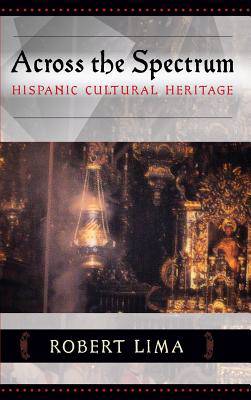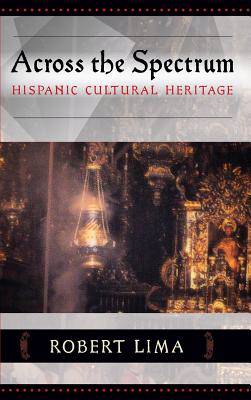
- Retrait gratuit dans votre magasin Club
- 7.000.000 titres dans notre catalogue
- Payer en toute sécurité
- Toujours un magasin près de chez vous
- Retrait gratuit dans votre magasin Club
- 7.000.0000 titres dans notre catalogue
- Payer en toute sécurité
- Toujours un magasin près de chez vous
Description
This is a collection of new and previously published writings of Robert Lima on the cultural heritage that binds Spain with Central, Caribbean and South America through mythological beliefs and literary expressions.
Featured in the first part are the cultural roots that define the belief in and influence of the nature of evil and myths as found in the Iberian Peninsula, Italy and throughout the Mediterranean world from antiquity to the present. Following are chapters on Elche, where pagan and Christian mysteries meet; on the Caribbean, where Christian and African beliefs combine in Santería, Voudoun and Brazilian Candomblé; on the esoterica of Mexican painter-writer Leonora Carrington's work; on the origins of Nochebuena (Christmas Eve) and Los Reyes Magos (The Wise Men of the Epiphany); and on the mythic mix in the belief system of Galicia, the northwestern region of Spain, wherein Celtic, Suevian and Roman topoi converged. It is in its folklore, which has been preserved in the oral tradition of Galicia and in a few written accounts, that the Celtic spirit of the people survives in the form closest to its roots. It is their principal myths, legends and superstitions that are here collected and retold.
The second part features a comprehensive assessment of the writers of Spain's "Generación del 98," which included Valle-Inclán, Unamuno, Azorín, Pío Baroja, Benavente, Antonio Machado, a group which Azorín baptized VABUMB. Following are writings on important works by three major authors: Ramón del Valle-Inclán (Galicia, Spain, 1866-1936), Federico García Lorca (Granada, Spain, 1898-1936), and Jorge Luis Borges (Buenos Aires, Argentina, 1899-1986).
Three (five for Borges) essays are devoted to each author and their approach often includes matters that are covered in the first part of the manuscript, thus showing a cohesion.
Spécifications
Parties prenantes
- Auteur(s) :
- Editeur:
Contenu
- Nombre de pages :
- 284
- Langue:
- Anglais
Caractéristiques
- EAN:
- 9781588713247
- Date de parution :
- 05-03-19
- Format:
- Livre relié
- Format numérique:
- Genaaid
- Dimensions :
- 152 mm x 229 mm
- Poids :
- 548 g

Les avis
Nous publions uniquement les avis qui respectent les conditions requises. Consultez nos conditions pour les avis.






